The underwater world is filled with creatures that are as fascinating as they are terrifying. Some fish stand out for their aggression, hunting prowess, and resilience, earning them the title of “water overlords.” In this article, we’ll explore the most aggressive and destructive fish species, starting with the most formidable and working our way down.
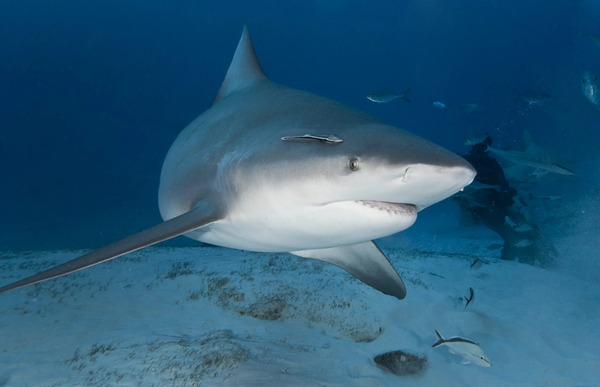
Why They’re Overlords: Bull sharks are notorious for their ability to thrive in both freshwater and saltwater, giving them access to a wide range of prey. They are highly aggressive and often considered the most dangerous shark species.
Destructive Nature: Their diet includes fish, dolphins, and even other sharks. Bull sharks are opportunistic feeders, and their powerful jaws can crush through bone and shells.
Skin Armor: With dermal denticles—skin that feels like sandpaper—the bull shark is tough and difficult to injure.
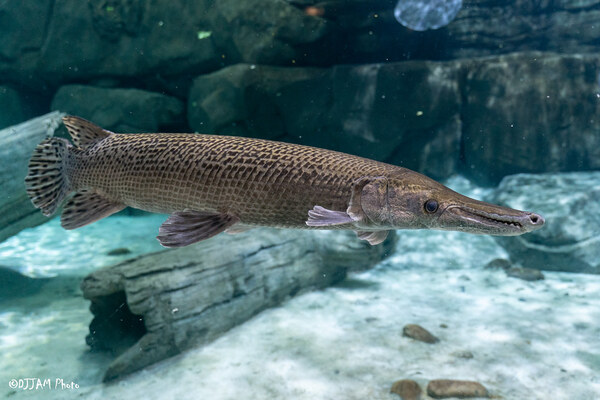
Why They’re Overlords: This prehistoric-looking fish is a top predator in its ecosystem, preying on a variety of fish and even small mammals.
Destructive Nature: Its long snout and sharp teeth make it a deadly ambush hunter, capable of snatching prey in seconds.
Resilience: Covered in hard, enamel-like scales, the alligator gar is nearly invulnerable to attacks from other predators.
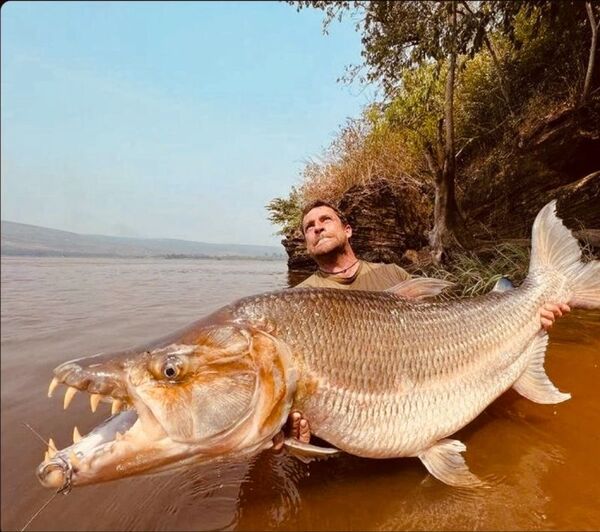
Why They’re Overlords: Tigerfish, with their razor-sharp teeth and lightning-fast strikes, are the nightmare of rivers in Africa.
Destructive Nature: They are known to attack in packs, ripping apart prey with their dagger-like teeth. Their aggression is unmatched among freshwater fish.
Hardiness: Their tough scales provide protection in high-stakes battles with other predators.
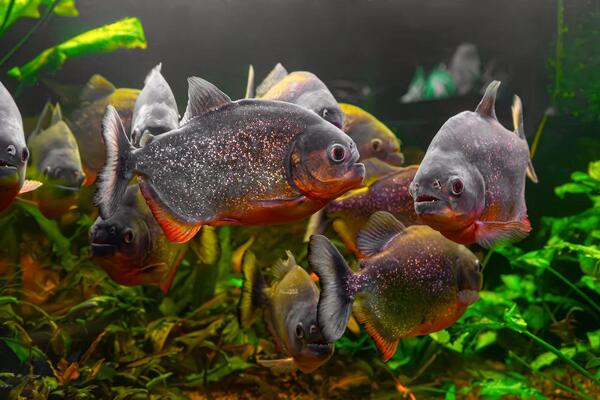
Why They’re Overlords: Despite their small size, piranhas can strip flesh off prey in seconds when they swarm.
Destructive Nature: Red-bellied piranhas are particularly infamous for their feeding frenzies, which can devastate populations of fish and even land animals that wander into the water.
Skin Features: Their compact, armored scales help protect them from retaliation during feeding frenzies.
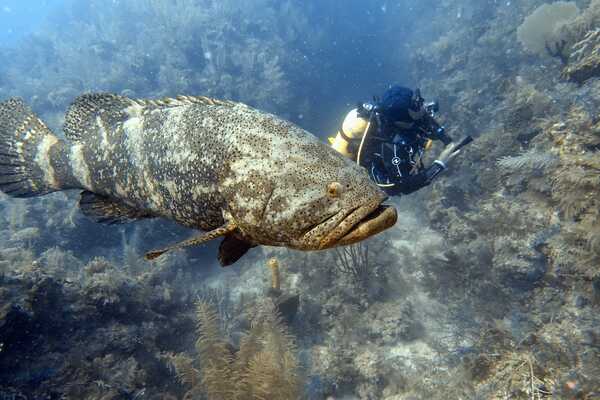
Why They’re Overlords: These massive fish can grow up to 800 pounds and are capable of swallowing prey whole.
Destructive Nature: They prey on crustaceans, fish, and even small sharks, disrupting the balance in coral reef ecosystems.
Defensive Traits: Their thick skin makes them resistant to bites and scrapes.

Why They’re Overlords: Stonefish are the most venomous fish in the world, capable of killing predators with a single sting.
Destructive Nature: Although they primarily feed on small fish and crustaceans, their venom can incapacitate much larger animals, including humans.
Defensive Traits: Their bumpy, rock-like skin camouflages them perfectly on the ocean floor.
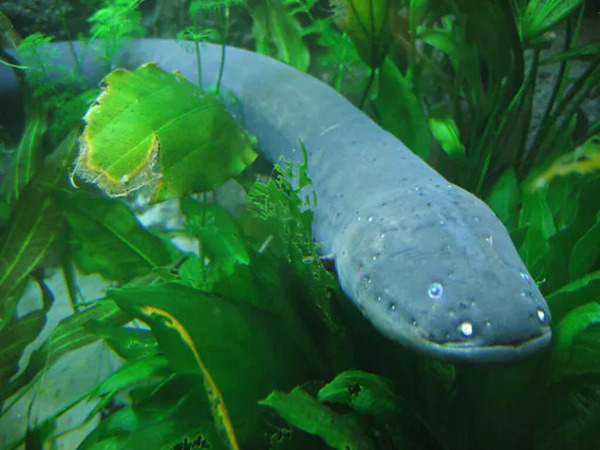
Why They’re Overlords: Electric eels use high-voltage shocks of up to 600 volts to stun prey and defend against predators.
Destructive Nature: They can incapacitate fish, amphibians, and even small mammals in seconds.
Skin Adaptations: Their slick, mucus-covered skin is tough and protects them in muddy and debris-filled waters.
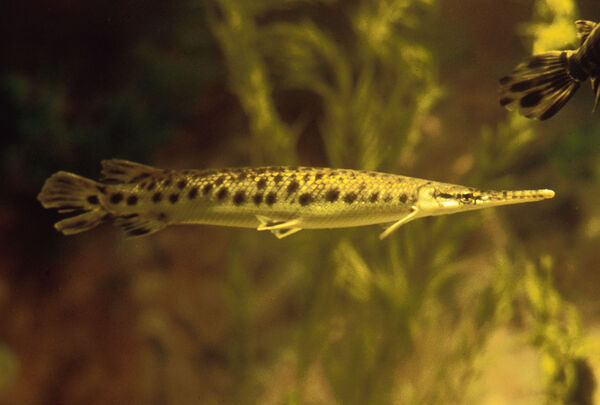
Why They’re Overlords: Beyond the alligator gar, species like the spotted and longnose gars are adept hunters with razor-sharp teeth.
Destructive Nature: These fish hunt in murky waters, feeding on fish and amphibians.
Resilience: Their tough, armored bodies make them almost impervious to natural predators.
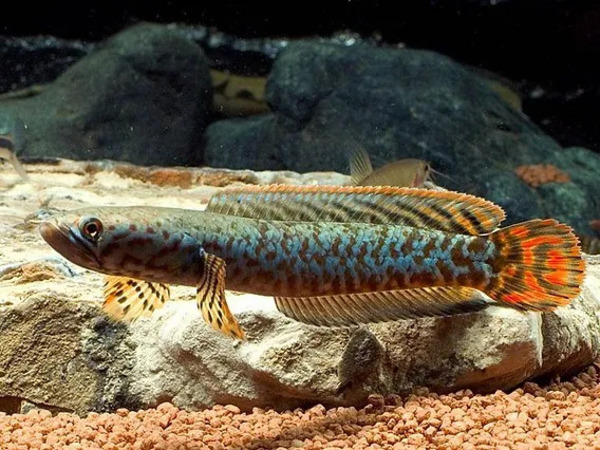
Why They’re Overlords: Snakeheads are invasive predators that decimate local fish populations. Their ability to breathe air allows them to survive in harsh conditions.
Destructive Nature: They consume almost anything they can catch, including fish, frogs, and small mammals.
Adaptability: Their thick skin allows them to withstand rough environments and makes them difficult to handle.

Why They’re Overlords: Sturgeons are ancient fish that have outlived predators for centuries. They are not aggressive hunters but dominate through size and resilience.
Destructive Nature: They disrupt ecosystems by consuming vast amounts of bottom-dwelling organisms.
Armor: Their hard, bony plates act as natural shields.
From the ferocity of bull sharks to the resilience of sturgeons, these aquatic overlords reign supreme in their respective habitats. Their aggression, destructive feeding habits, and nearly indestructible bodies make them forces of nature, shaping the ecosystems they inhabit.
Whether it’s the electric eel’s shock tactics or the alligator gar’s impenetrable armor, these fish remind us of the raw power of evolution in creating creatures perfectly suited for survival.
animal tags: Sturgeon
We created this article in conjunction with AI technology, then made sure it was fact-checked and edited by a Animals Top editor.